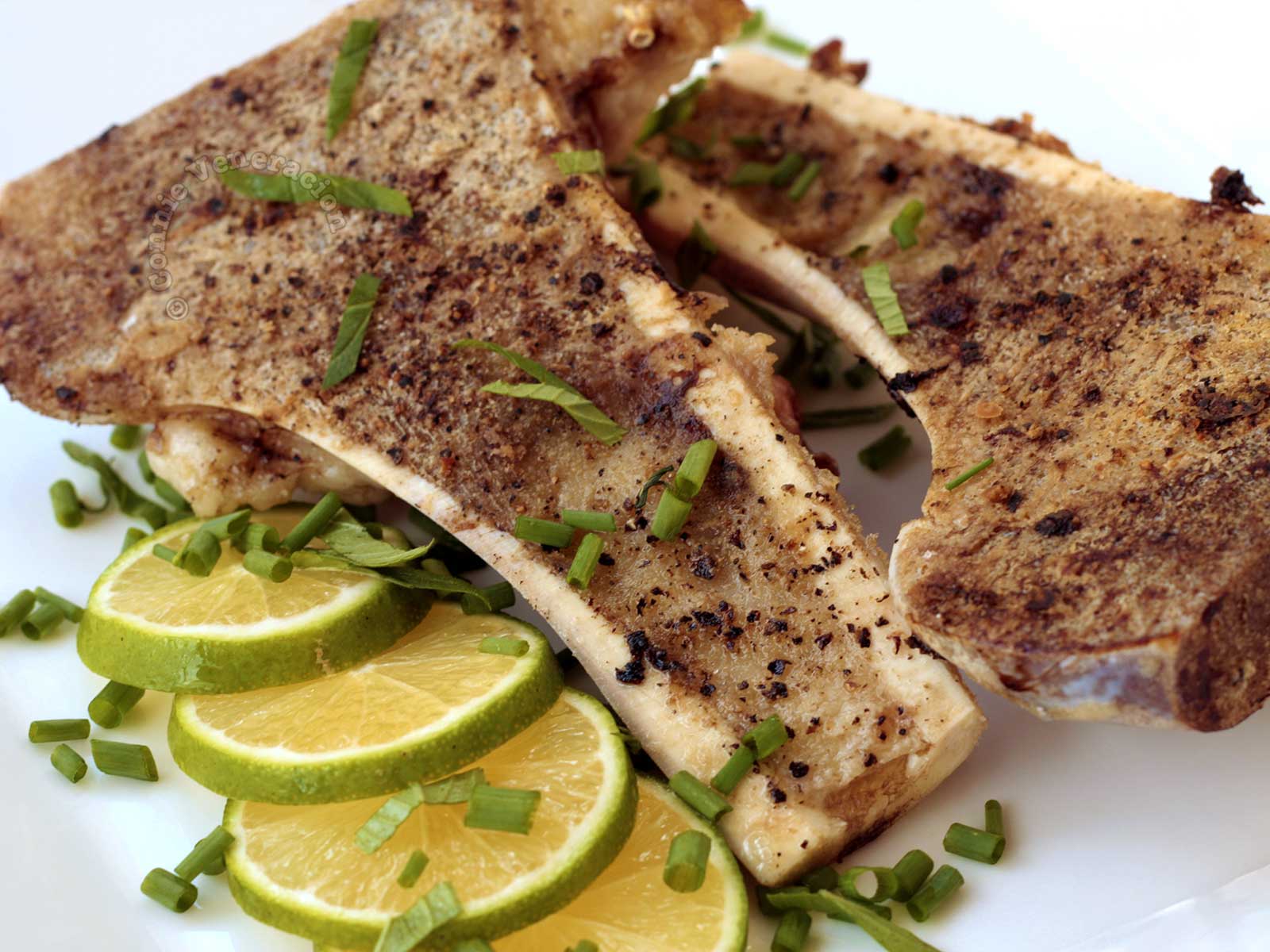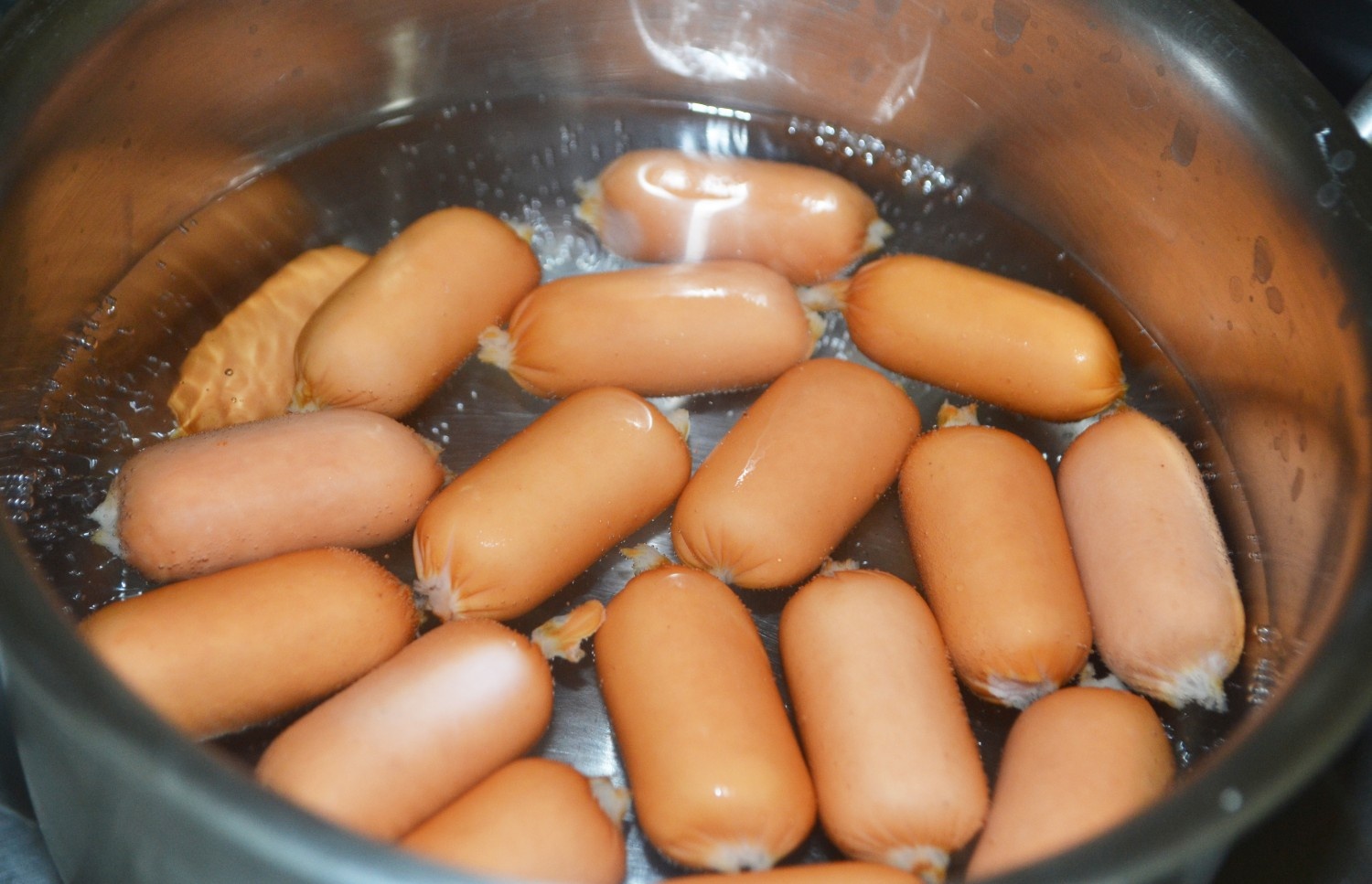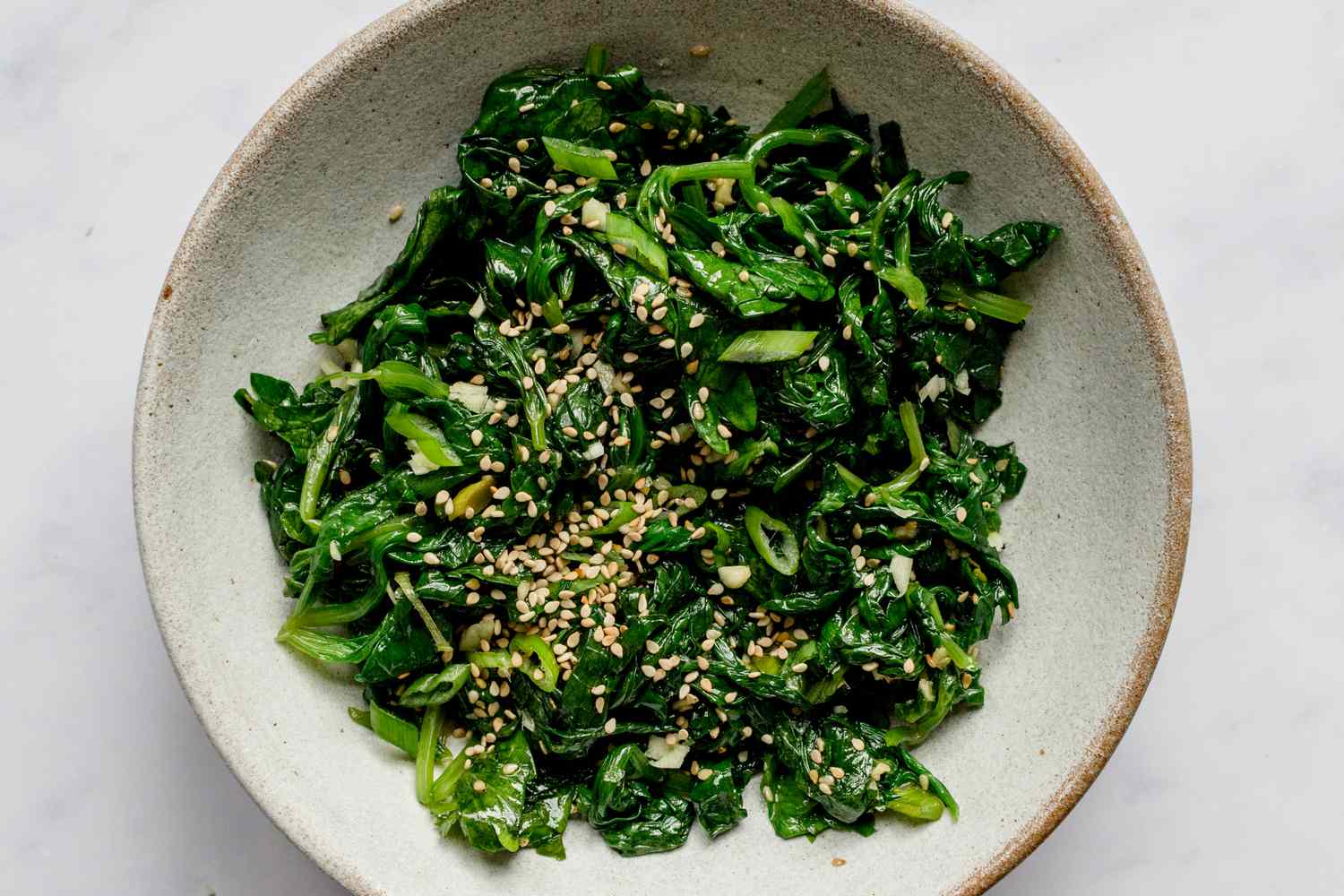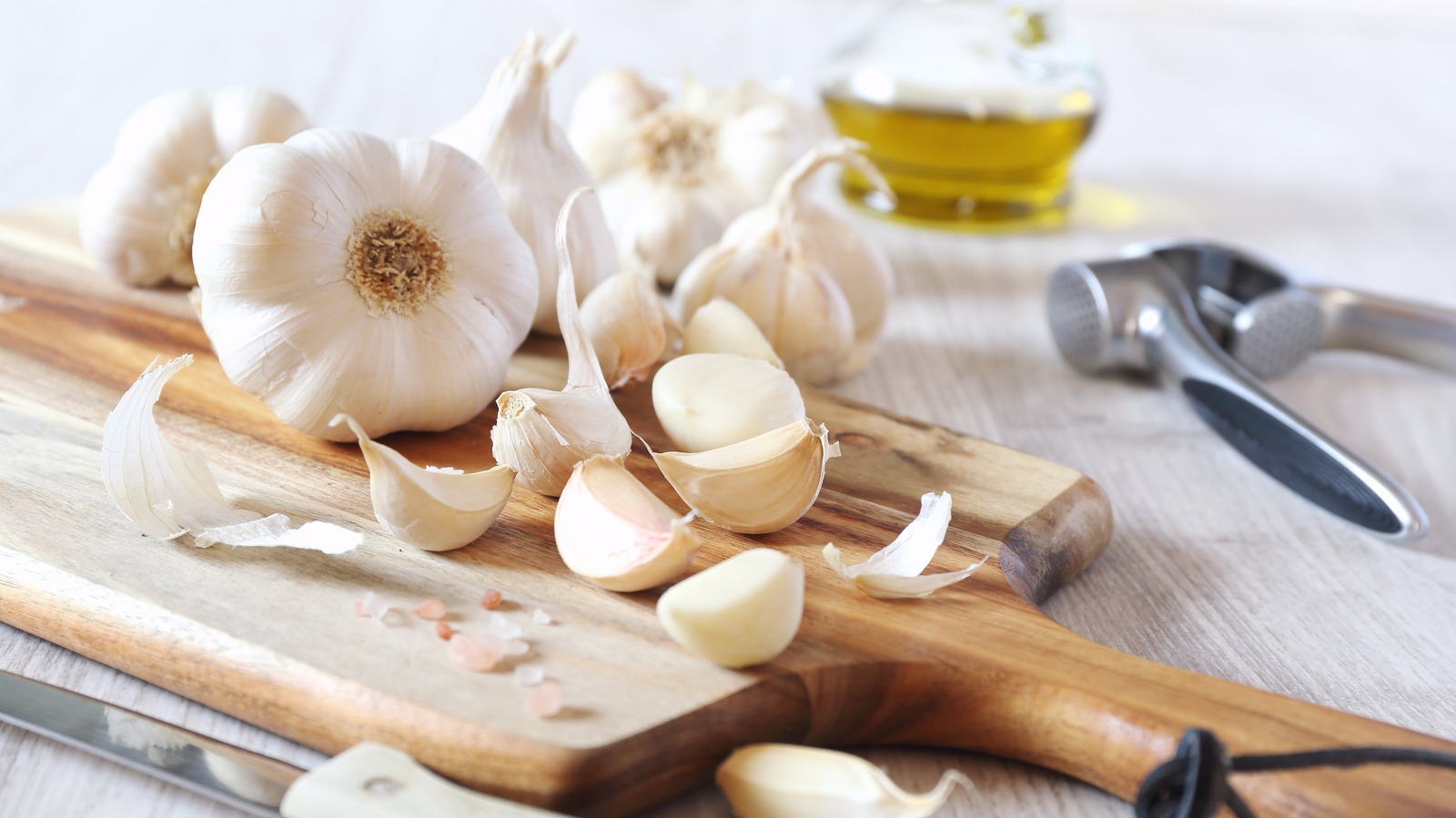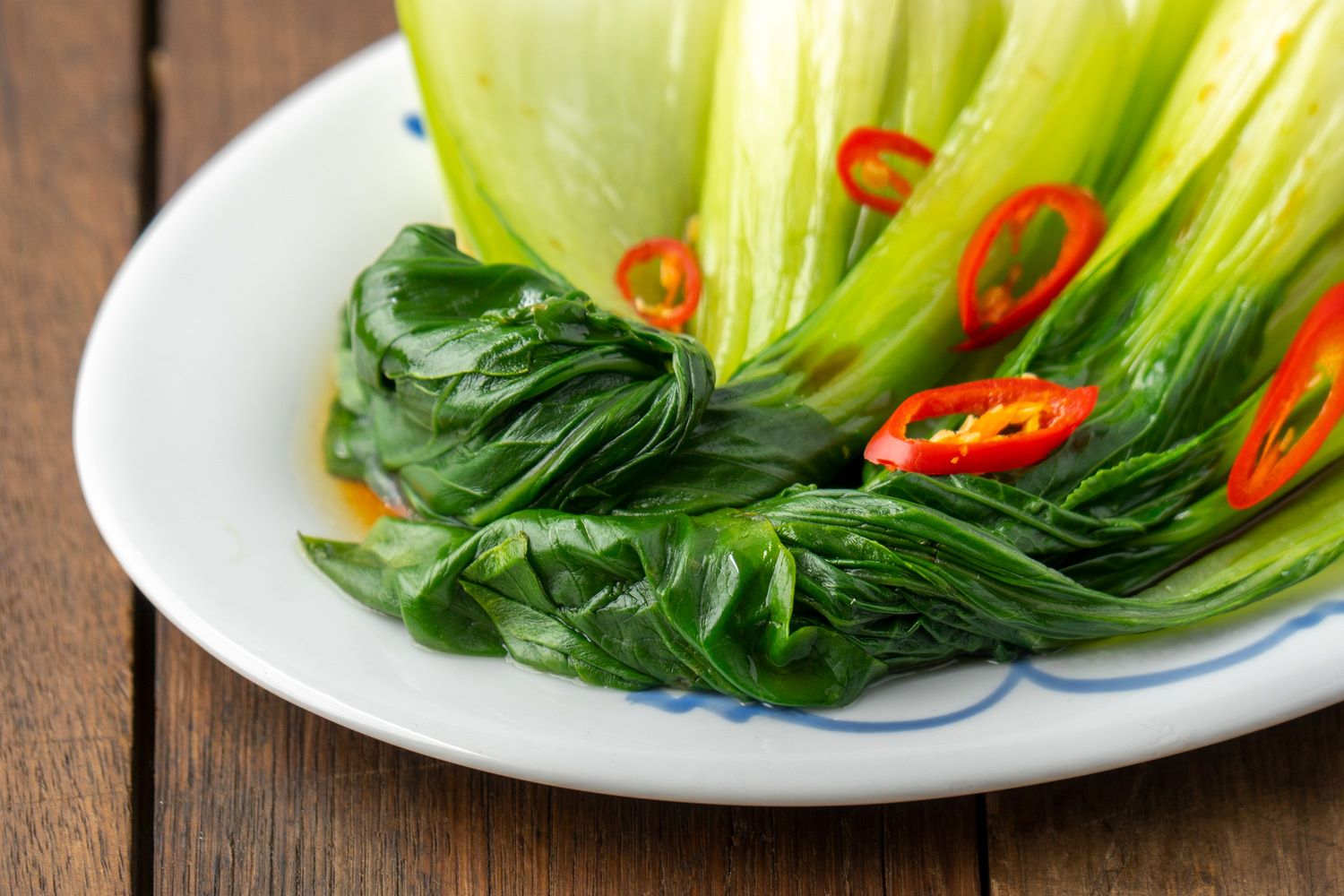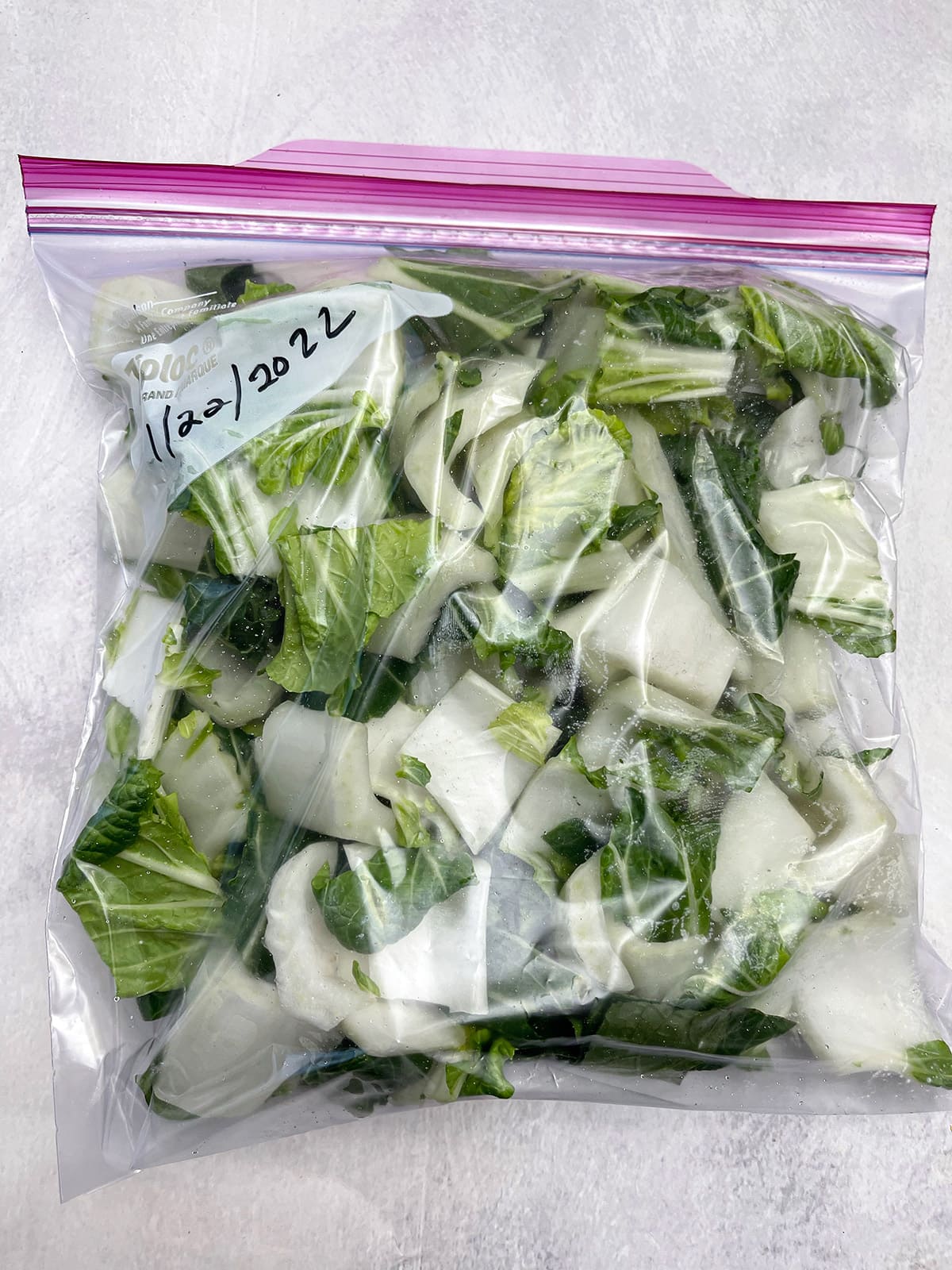What is Blanching?
Blanching is a cooking technique that involves briefly immersing food in boiling water, then quickly transferring it to an ice water bath to halt the cooking process. This method is commonly used to prepare vegetables for freezing, but it can also be used to prepare bones for making stock or broth.
Why Blanch Bones?
Blanching bones serves several purposes when making stock or broth:
- Removes Impurities: Blanching helps to remove impurities, blood, and excess fat from the bones, resulting in a cleaner and clearer stock.
- Reduces Fat: It also helps to reduce the fat content in the final stock, leading to a lighter and more flavorful end product.
- Enhances Flavor: By blanching the bones, you can help to concentrate and enhance the flavor of the stock or broth.
Steps to Blanch Bones
Blanching bones is a simple process that can greatly improve the quality of your homemade stock or broth. Here’s how to do it:
- Prepare the Bones: Start by rinsing the bones under cold water to remove any visible blood or bone fragments.
- Boil Water: Fill a large pot with water and bring it to a rolling boil.
- Blanch the Bones: Carefully lower the bones into the boiling water and let them cook for 10-15 minutes. This will help to remove impurities and excess fat from the bones.
- Ice Water Bath: Using tongs, transfer the blanched bones to a bowl of ice water to stop the cooking process. Let them sit in the ice water for a few minutes.
- Pat Dry: Once the bones have cooled, remove them from the ice water and pat them dry with paper towels before using them to make stock or broth.
Tips for Blanching Bones
Here are some additional tips to keep in mind when blanching bones:
- Use High-Quality Bones: For the best flavor, use high-quality bones from grass-fed or pasture-raised animals.
- Skim the Foam: While blanching, skim off any foam or impurities that rise to the surface of the boiling water.
- Don’t Overcook: Be careful not to overcook the bones during the blanching process, as this can lead to a loss of flavor and nutrients.
In Conclusion
Blanching bones is a simple yet effective technique for improving the quality of homemade stock or broth. By following these steps and tips, you can ensure that your stock or broth is free of impurities, lower in fat, and bursting with flavor. So, next time you’re preparing to make a batch of stock, don’t skip the blanching step!
Blanching bones is an essential technique for making clear and flavorful broths. Readers can put this skill to use with several recipes. Try the Classic Beef Bone Broth for a robust base for soups or stews. The Rich Pork Bone Ramen Broth offers a deep, complex flavor perfect for ramen lovers. For something lighter, the Fish Stock for Bouillabaisse is ideal for seafood dishes. If you're in the mood for something comforting, the French Onion Soup with Blanched Beef Bones is a must-try. And for a taste of Asia, Vietnamese Pho with Blanched Beef Bones delivers a fragrant and aromatic experience. These recipes will help you master the art of blanching bones while creating delicious and satisfying dishes.
